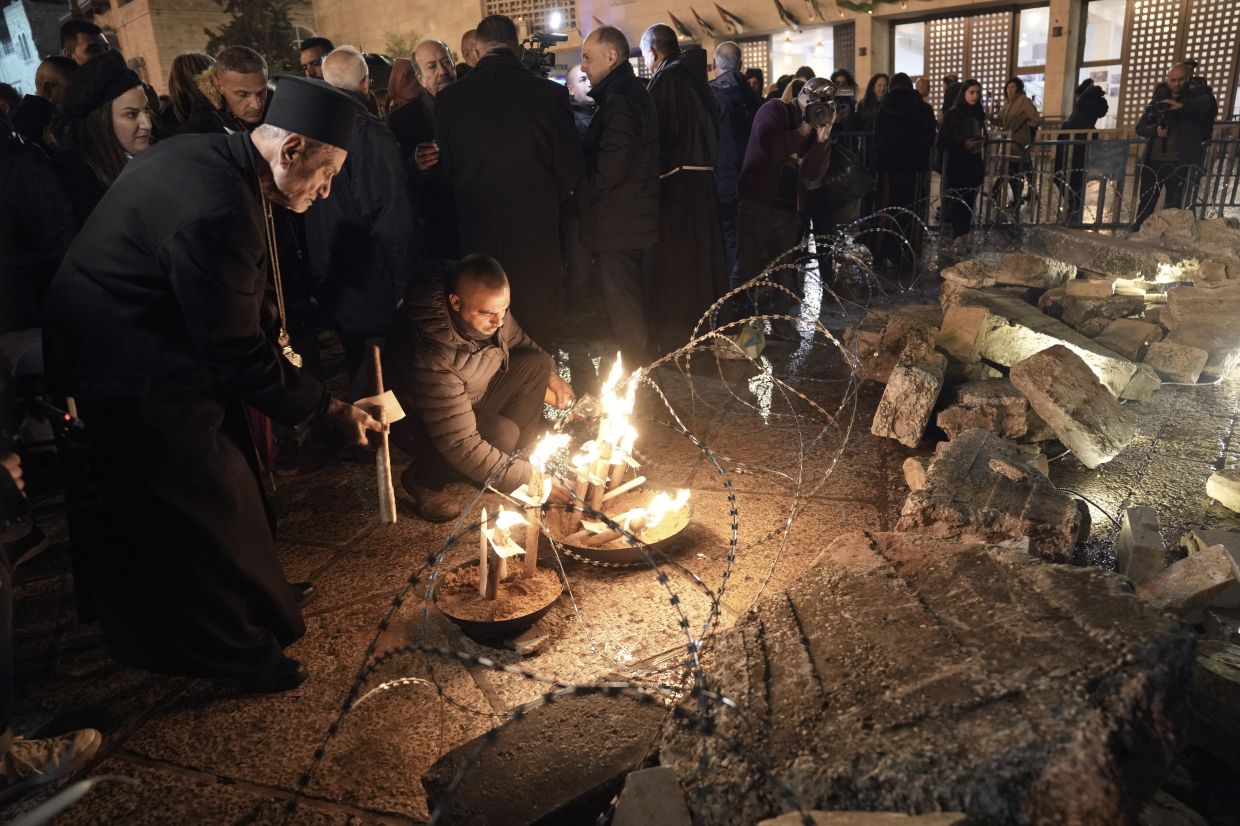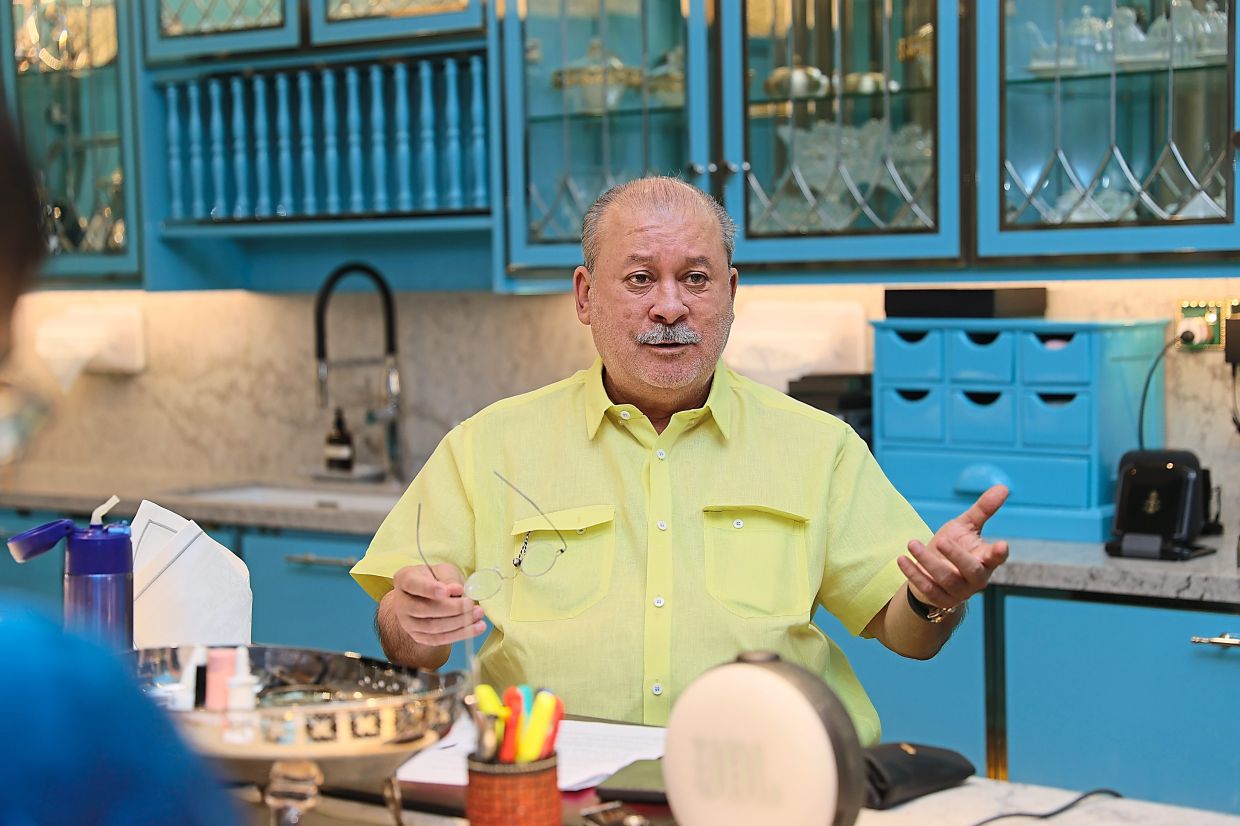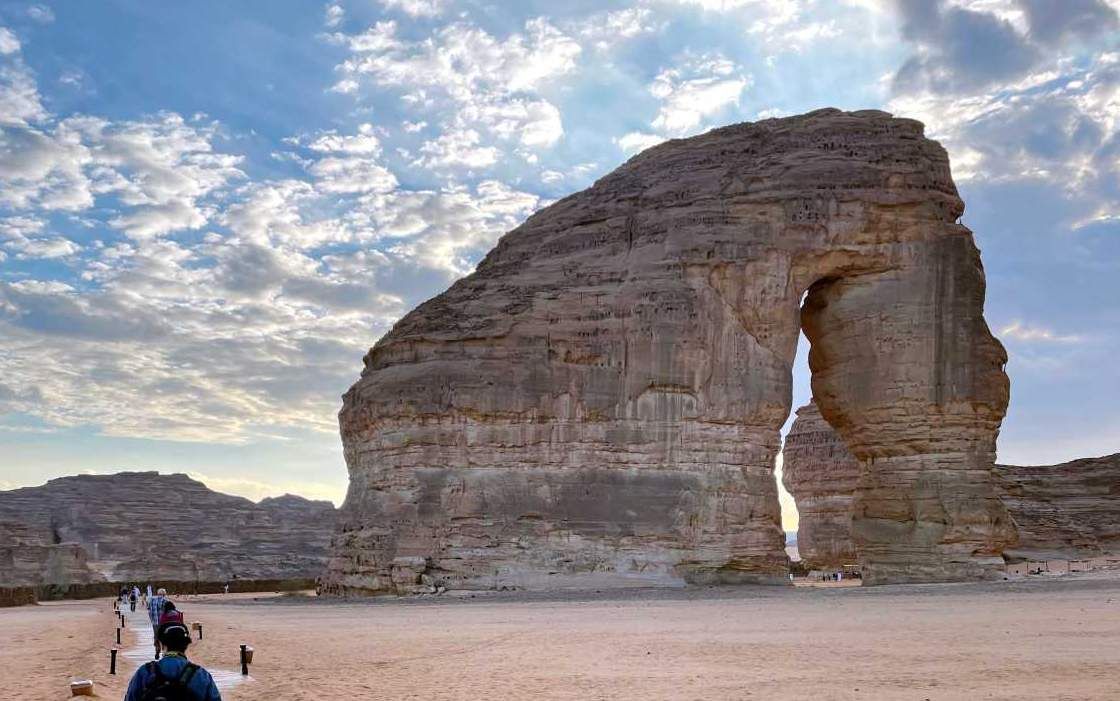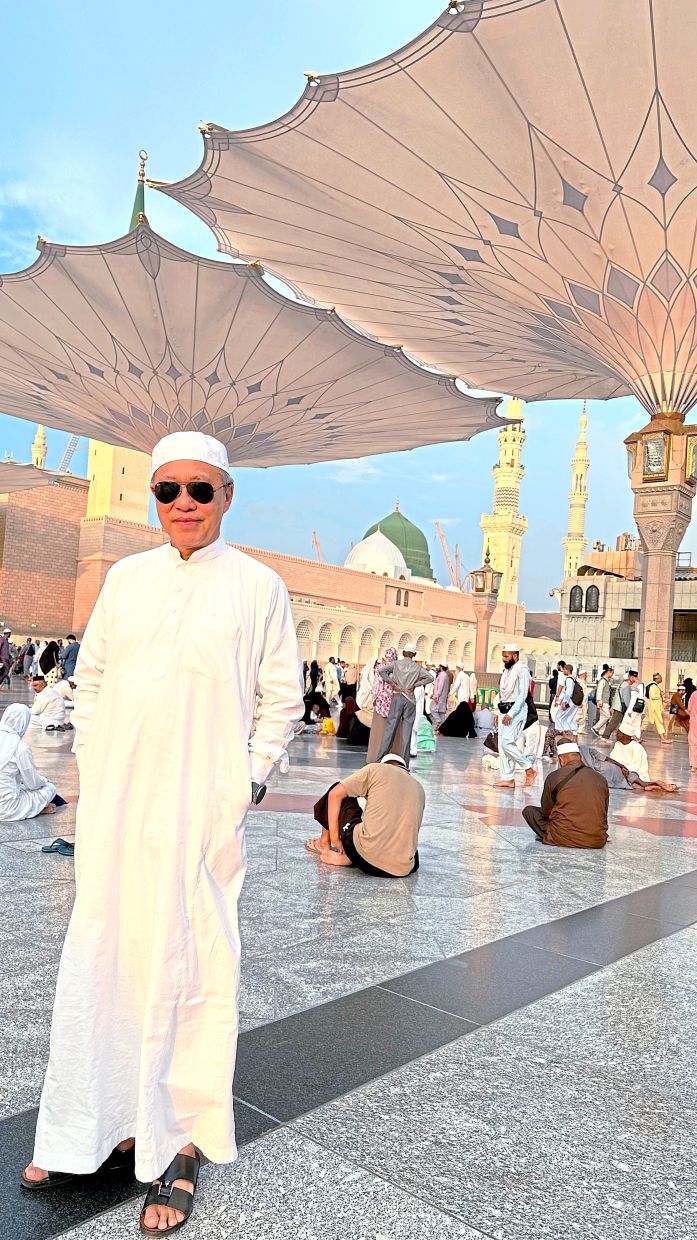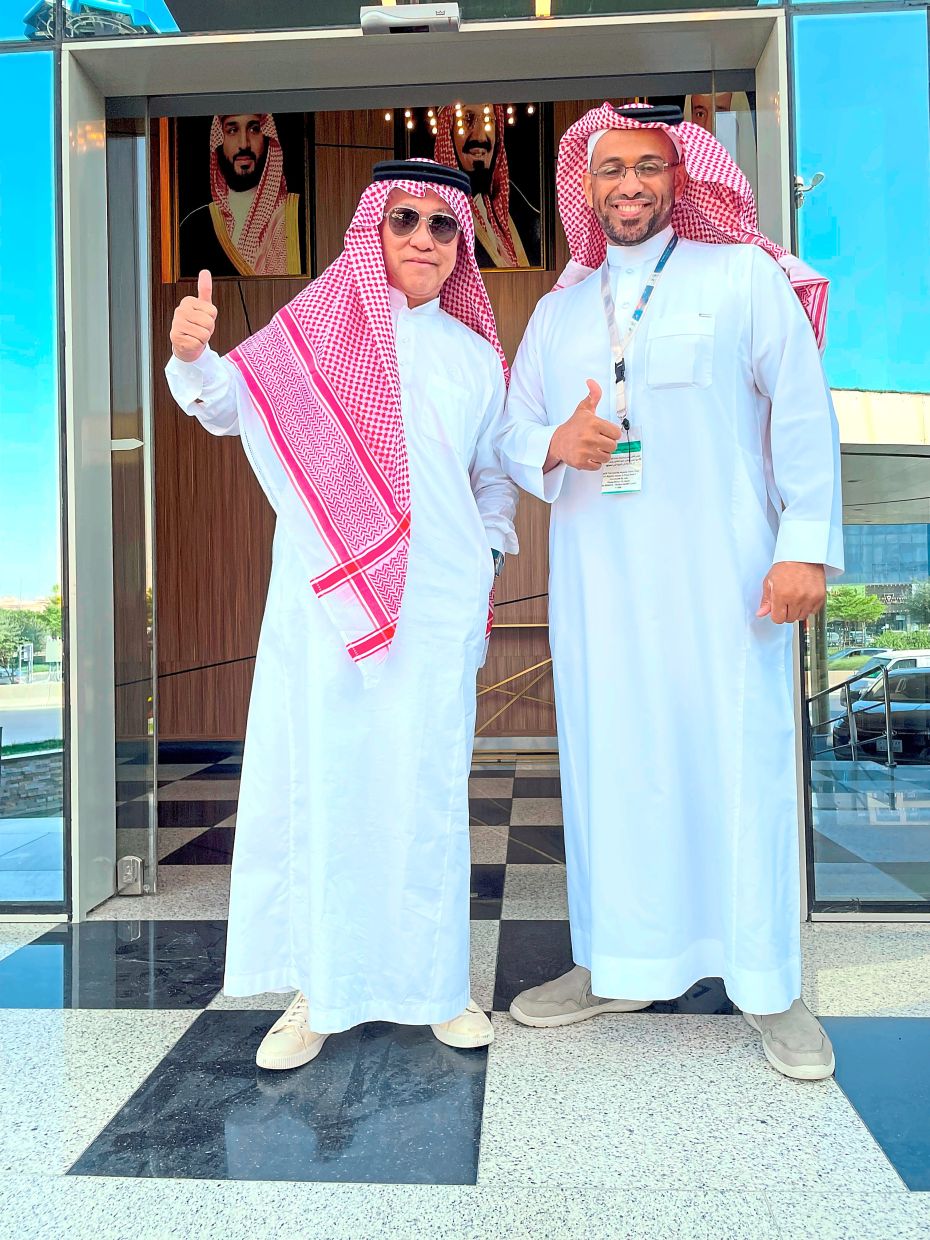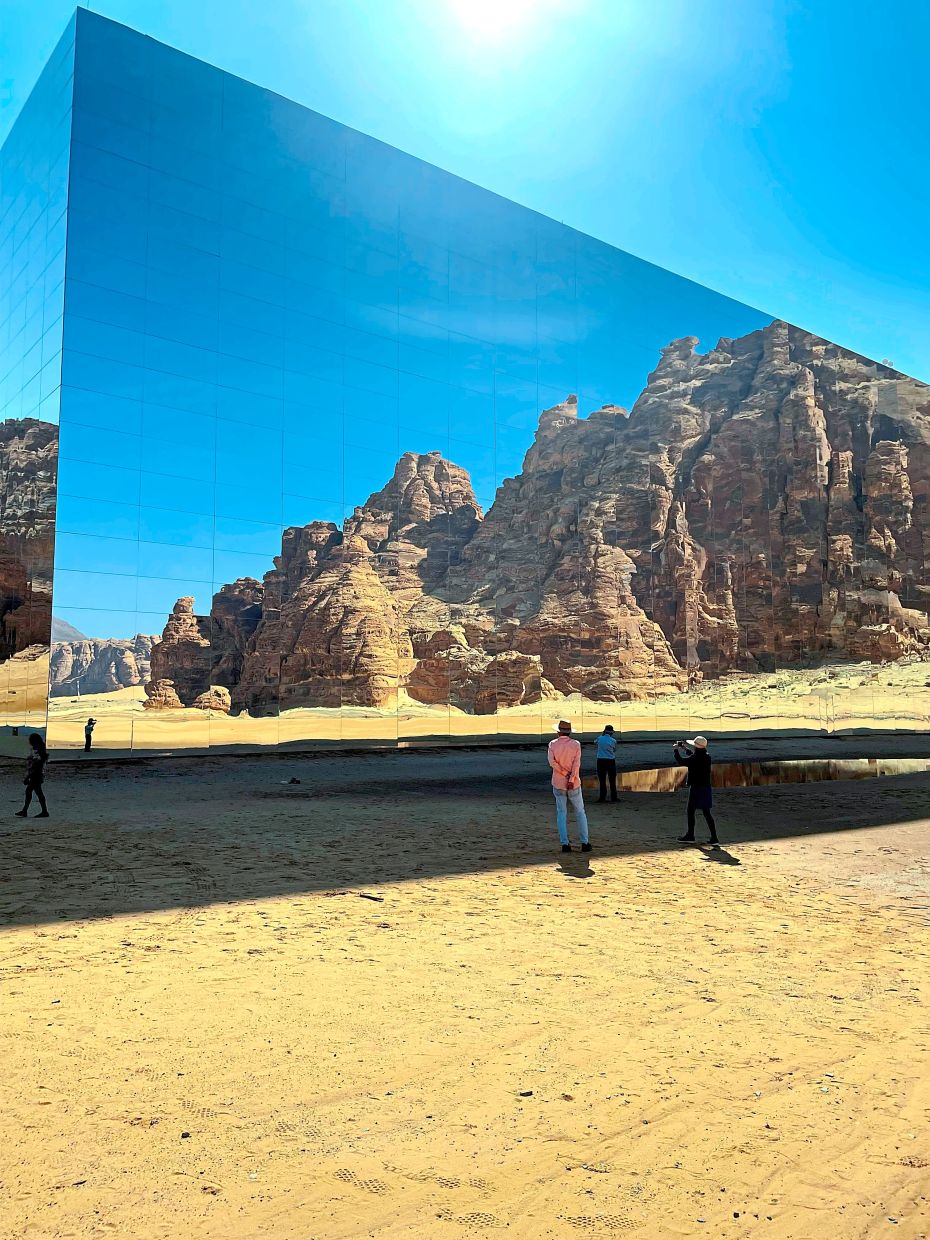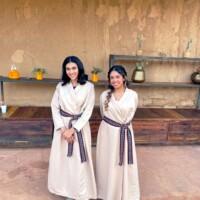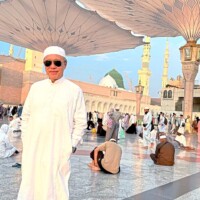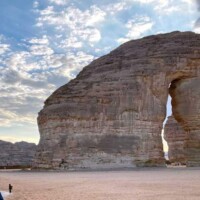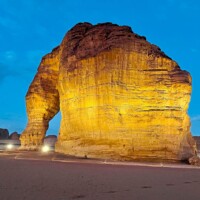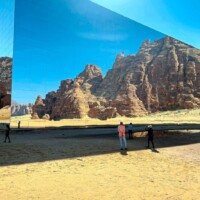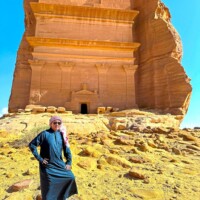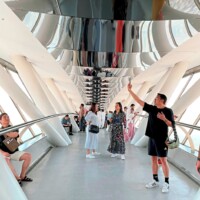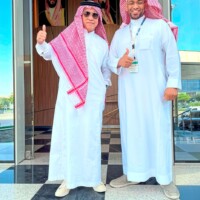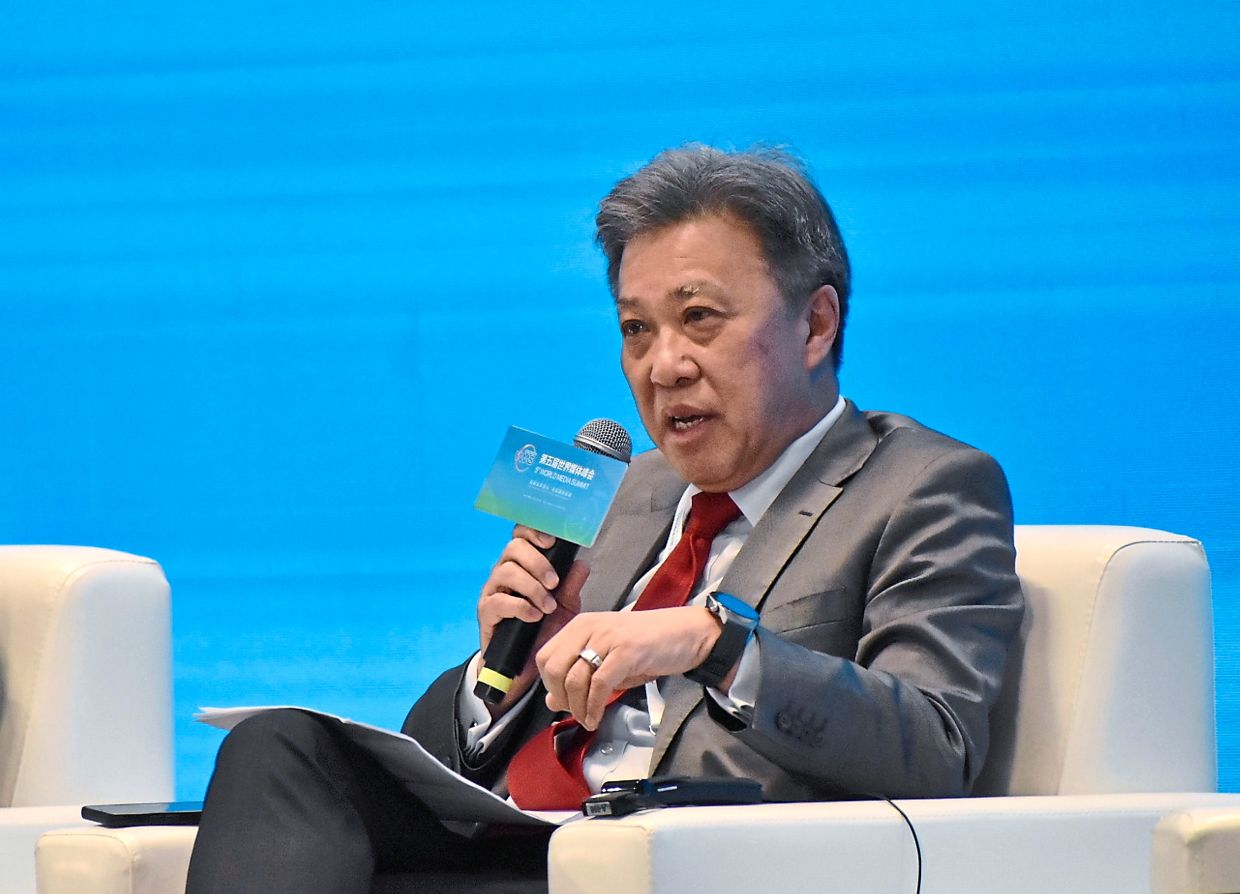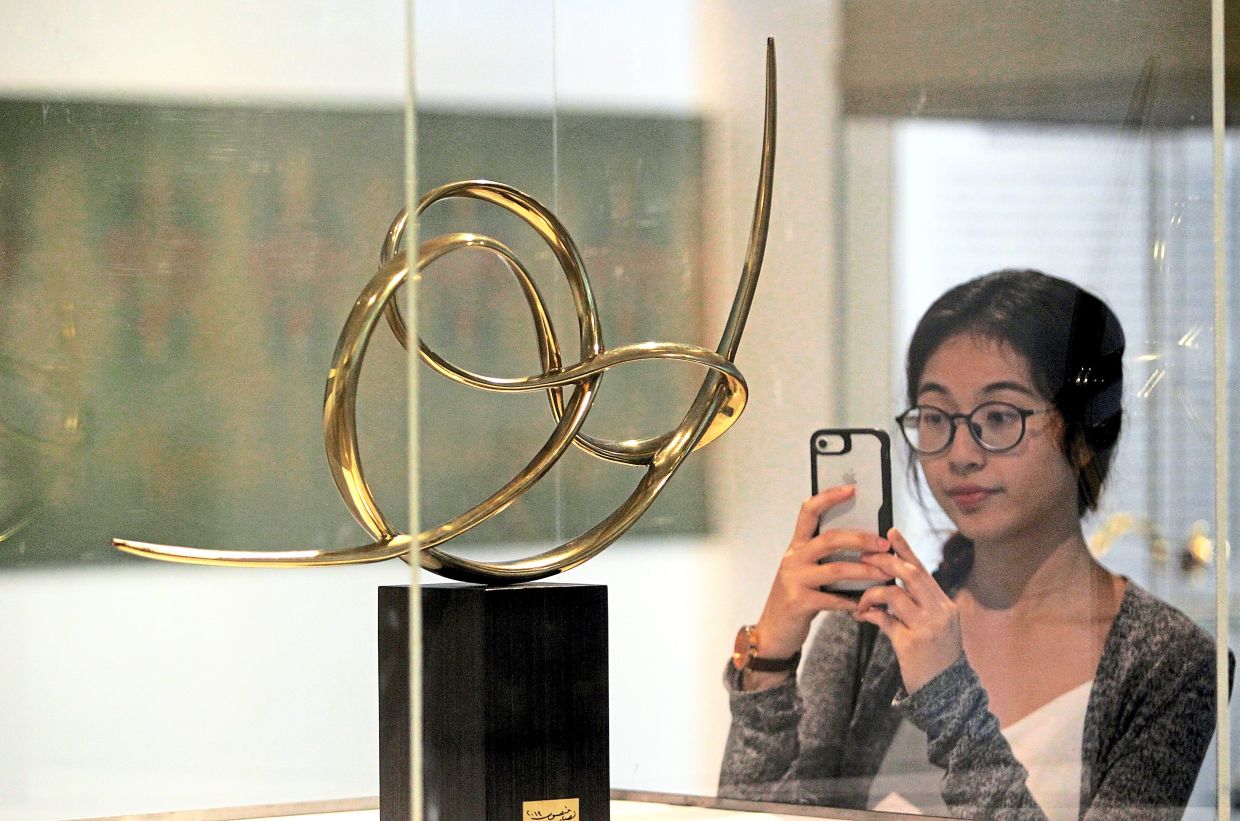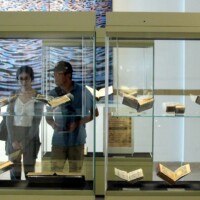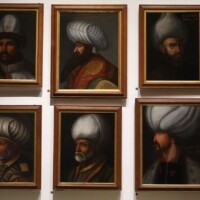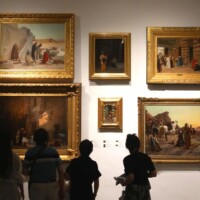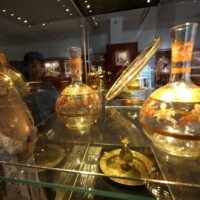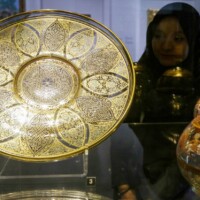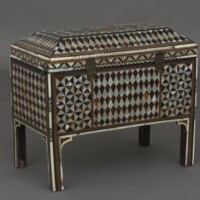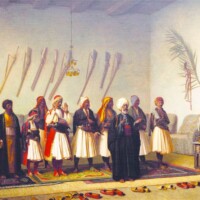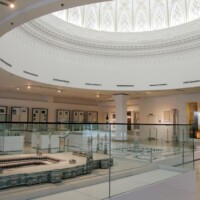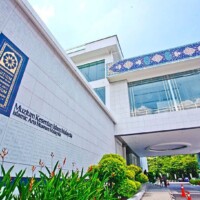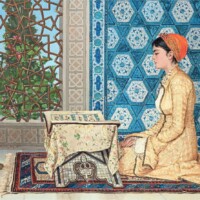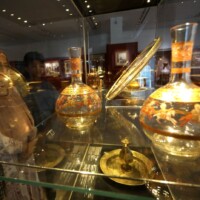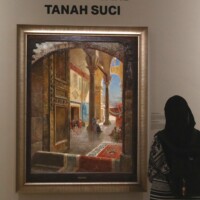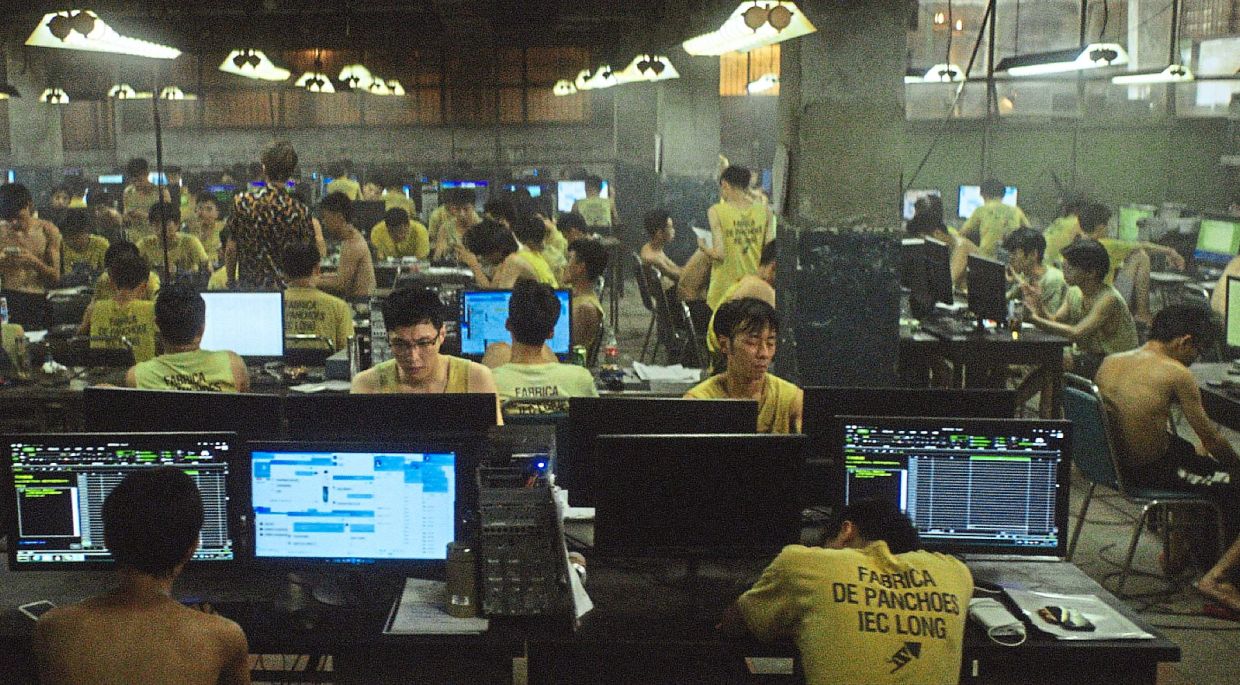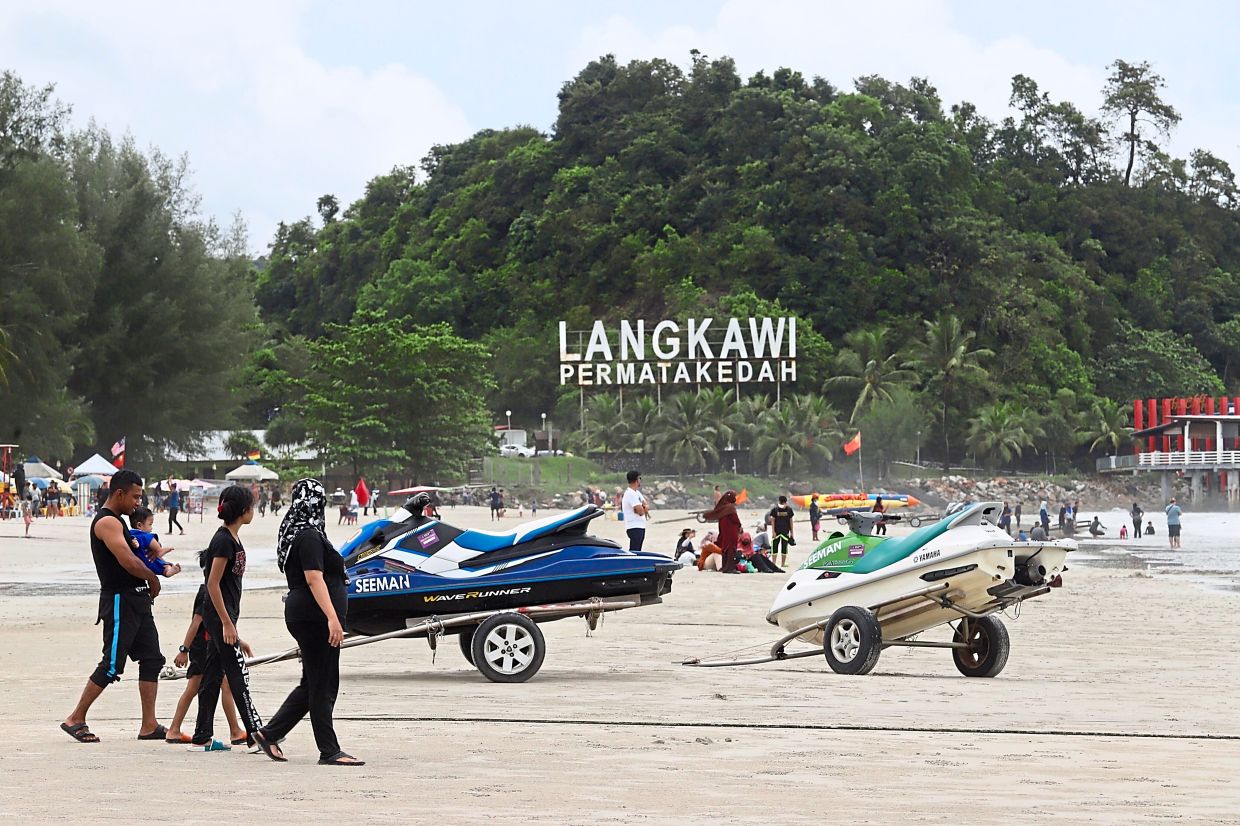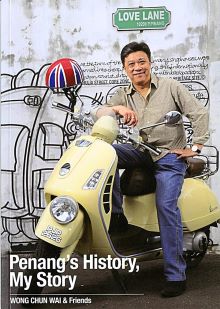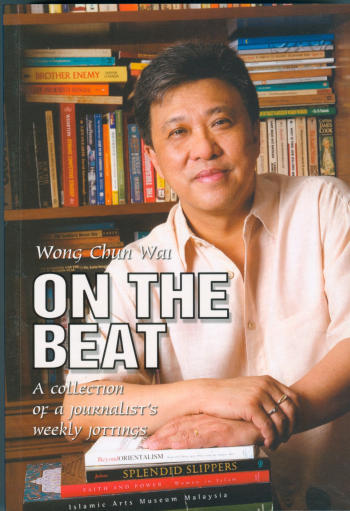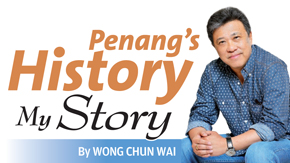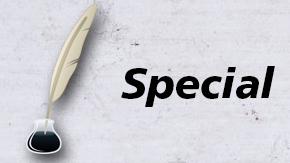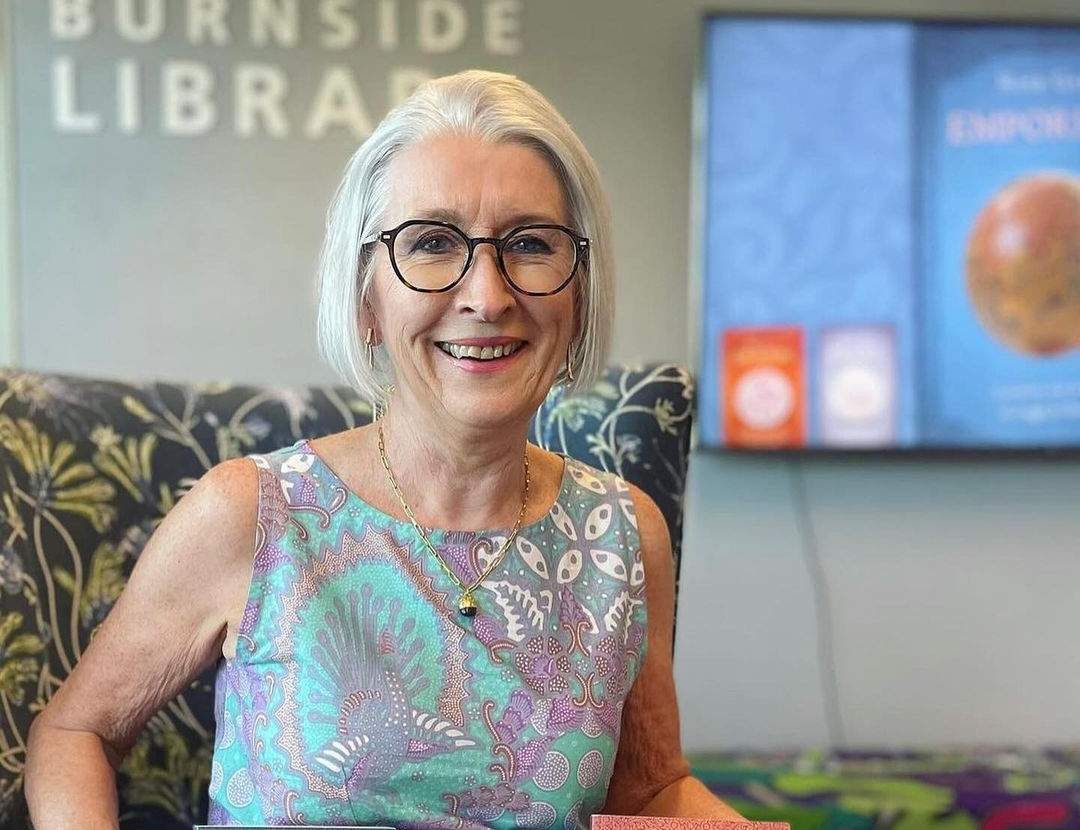
British-born writer Rose Gan has written a trilogy on Light and Rozells. A fourth book will be released soon. Photo: Handout
Few Penangites realise that the bronze statue of Captain Francis Light at Fort Cornwallis, the founder of British colony Penang, is modelled after his son, William Light, because no picture of the senior Light exists.
So, it’s not surprising that neither is there one of his companion Martina Rozells.
In fact, little is known about her other than she was a Eurasian from Phuket, Thailand. She was not a full, white-blooded woman in a highly prejudiced society then, hence there was no place for her in the history books.
British-born writer Rose Gan, who’s married to a Malaysian, has written a trilogy on Light and Rozells, but she’s packaged a finale in the upcoming final fourth book.
1. What attracted you to writing the series of books on Francis Light and his wife Martina Rozells, or Martinha?
If I were entirely honest, my initial interest was not Francis Light at all. I was intrigued by Martinha. It was a turning point in my life. After raising a family in Britain and working as a teacher of History, Latin and Classical Studies, my husband and I returned to Malaysia where he was offered a job in Penang.
Our three children were at university in Britain. I gave up my job. My husband worked in Seberang Prai, and for the first time in many years, I was at a loose end – and an empty nester. I spent hours each day walking the streets of George Town discovering the island and its history – and became fascinated by Martinha. Initially, I wanted to research her biography but quickly discovered that so little was known about her that any sort of factual study was nigh on impossible. Her story could only be told through the means of a novel.
And so, I began what was probably a 20-year period of research (on and off). Naturally I began with Francis Light. As I peeled back his layers, I became equally fascinated with his story, which seemed to encapsulate the age he lived in. By then, I had grander aims. I wanted to rediscover the story of the entire region through the conduit of the Light family.
2. Why four books and not one?
I originally intended one book titled Dragon And Pearl, although the pages grew at an alarming rate as I discovered the rich vein of narrative that underpins the life of Francis Light. One novel to tell this complex tale became unwieldy, so my publisher wondered if I could reassemble it as two.
The idea immediately grabbed me, and in separating the backstories of Light and Martinha instead of weaving them together, I realised the story was better served. As I was writing Pearl, however, I realised that there were still simply too many narrative incidents to include the Penang years; thus, Emporium was born. That was it as far as I was concerned… until a few people (including my own grandson) asked, “What happened to the family after Light died?”
I was already too invested in them not to want to tell that story and I was hooked. It’s an equally compelling journey, so now I am doing the groundwork for Book 4, Legacy. I promise after that I will be done with the Lights, as hard as it will be to say goodbye!
3. Why the fascination with Light?
Light seems to embody a certain sort of adventurer that predated colonialists. He was an economic migrant from his own world due mostly to his lack of social status due to his illegitimacy. It is also no coincidence that so many Scottish men came east to find their fortune when so many Scottish families had lost their lands in the turbulent events of the mid to late 18th century. Men like Light spent their entire life among the local people of the Straits and became completely integrated, in a way that would have been impossible a generation later. Light was a sailor and a trader long before he was an administrator; he had much in common with the Malays, Chinese and Indian merchants he knew so well.
And yet, he was also an Englishman with pretensions of being a gentleman with a burning desire to be accepted by (his employer the East India Company) EIC. He lived during a time of existential crisis both home and abroad: American War of Independence; French Revolution; the clash between Burma and Siam; the Dutch pressure in the Straits; the increasing influence of the Bugis.
He seems to touch all these issues, and his story makes the complexities of this period on the cusp of colonial rule a little more accessible.
4. The Statue of Light, located now at Fort Cornwallis, was modelled after the features of his son, William. There are no paintings of Light, and neither are there any on Martinha. What do you think are the reasons for this?
It’s possible that there were images of Light, and possibly Martinha too, (maybe in the form of miniatures as is mentioned in Emporium) that have either not survived or are lost to the public record. William Light lost all his personal belongings, papers, and journals in a fire at his original home in Adelaide, Australia so it is quite possible that some of the images were destroyed at that time.
On the other hand, one would have had to go to Calcutta or Madras in India to have a painting commissioned and his visits there after 1786 were limited. It was not possible to have a painting done in Penang itself at this point, although by 1810 onwards there were many examples of artists sketching in Penang.
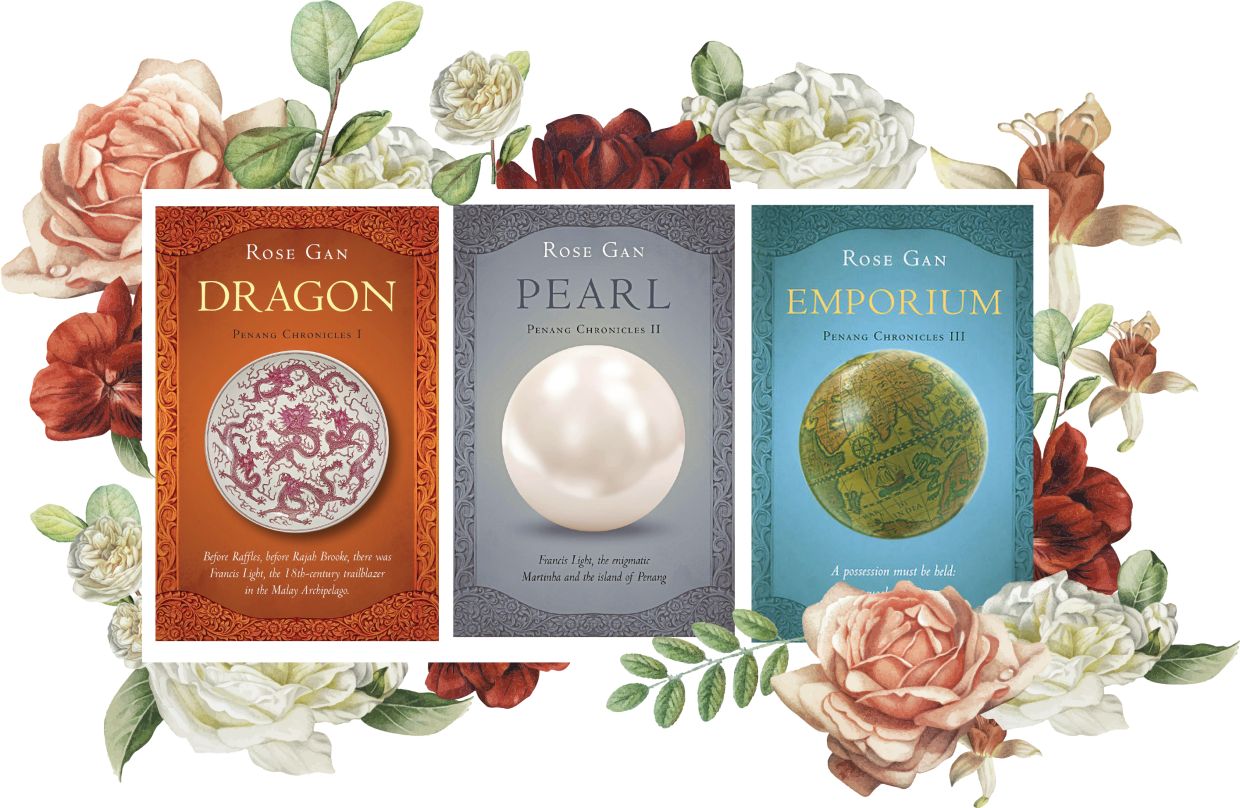
I think we have been unlucky – only the little sketch of Raising The Flag in 1786 done by Elisha Trapaud has survived – and that is not much to go on!
5. Was Martinha of noble Thai, French or Eurasian ancestry? Or even the Kedah royal family? Was she named Thong Di, too?
That is the $64,000 question! Sense would tell us that with a Eurasian name, she must be part Portuguese-Eurasian. But this does not preclude one of her parents (most likely her mother) being Siamese. It is also documented that she was a devout Catholic. This fact makes it unlikely she was a sultan’s daughter.
It does not, however, preclude her from having some Malay noble ancestry because there were many minor royals at the court of Kedah who might have been relatives (grandparent?).
If we accept her connection with Phuket (which is backed up by records in Thailand), it is very possible that she had some French blood. Phuket had French governors in the early 18th century, and they mostly “married” the Portuguese Eurasian women who were Catholic.
The name Thong Di is somehow connected to her in Phuket – either her Thai name, her sister’s name or her mother’s. That’s as far as we know for sure. The story of the Nyonya woman sent from the court of Kedah to Aceh to offer Francis Light a British base in Kuala Kedah is interesting. It has been presumed this was how Light met Martinha, but she would have been too young in 1771 – was this her mother, or sister?
6. Was Martinha Light’s legal wife or just a partner of 22 years?
Again, this is unclear. In his will, Light calls her “his partner of many years” and not his wife. But we need to understand British attitudes to marriages with local women at the time. In an earlier time, it had been common, but by the late 18th century, the EIC was actively legislating to stop the practice.
There were too many “British” men of mixed ancestry in EIC service in the port cities of India. As company service became flooded with middle class Englishmen and their wives, this was seen as shocking.
Furthermore, Martinha is Catholic, and Catholicism was very unacceptable in British society. Yet Elisha Trapaud claimed that Light and Martinha had married in Kedah in 1772 at the sultan’s palace in a Muslim ceremony. Phuket records say that they married at a Catholic chapel there. Both these would have had the weight of “jumping the broom” to the prejudiced English.
In other words, they were not married unless they married under Anglican rites or English licence. This would not have been accorded to them in Calcutta or Madras under existing EIC rules.
On the other hand, having a local mistress was perfectly acceptable – it was almost expected gentlemen would keep a harem of local women. And the children from these liaisons were educated and brought up as Christians. Often, the girls made good marriages and the boys were sent back to England to be brought up as gentlemen. This happened to the Light children.
As for admitting his marriage, Light may have wished to keep it under wraps so as not to fall foul of his EIC masters. Spin is not just a modern term!
7. She had a difficult time after Light died and there are theories that she was cheated and left out of his will.
Much of what is said is based on a misunderstanding of the circumstances, although there was some malpractice for sure. After all, she was a local woman – alone – and relied upon her connections to intercede for her. But Light left her everything he had – which was not substantial.
It is not generally understood how poor Light’s fortunes were when he died. He had footed the bill for most of the infrastructure of Penang in the early years – there had been precious little investment from Bengal. Of course, he owned a lot of land, but his cash reserves were in a very bad way.
He had substantial deposits with William Fairlie (his banker and Calcutta partner). But the economy took a nosedive during the French revolutionary wars and his shares fell drastically, virtually wiping out his fortune. Some of his last letters to George Doughty in England make very sad reading; he bemoans his dire financial straits.
Light had planned to return home and buy a stately home in Suffolk, but by then, he had barely enough to educate William.
After his death, (Light’s friend and business partner) James Scott stepped in to aid Martinha and yet he received a lot of bad press saying that he cheated her. I find no evidence of this. In fact, he “bought” (at fair prices) many pieces of her land including Government House. It seems he paid a lump sum plus an annual sum for her to live on in perpetuity. Scott died in 1808 – the law case that was taken by Martinha, (his children) Francis Lanoon and Anne is after this period. It appears that the debt was faithfully paid until Scott died – and then his sons stopped paying it. The court case reinstated the debt plus arrears.
Another piece of land that had been sold out was the Suffolk estate – it had been broken into lots and sold off or rented. Martinha, however, took another court case against Phillips, the Assistant Superintendent who had taken a few lots and built Suffolk House. She wanted the land back because she had not alienated it for private use.
Of course, she never got it back.
But the real culprit was her second husband. She married a Dutch man called Hubertus John Timmer, had two more daughters, and then he ran off presumably with a lot of the money. This all happened following Scott buying a lot of the Light land. It looks like Timmer encouraged her to sell and then abandoned her and the daughters. Very sad.
8. There is an interesting part where you said Light didn’t like the French Bishop. It has been documented that Light wrote to the Vatican complaining of the church grabbing state land in Penang when he was once away.
Yes, Light often mentioned his distaste for the French missionaries even though his wife was heavily involved in the church! Obviously, he probably had some Protestant prejudices but there is also the French issue – there was such a great antipathy between the English and French at this time – he clearly didn’t trust that the French priests were not spying for France! They may well have been!
9. Is it the same French bishop who came to Penang from Phuket in 1786?
Yes. (Bishop Arnaud-Antoine) Garnault was part of that group of French missionaries who left Siam when King Tak Sin turned against them in the mid-1780s. Garnault was then a priest – he became the bishop a few years later. The original bishop (Coudé) had died during their flight from Siam.
10. How much time did you spend researching for these books? Where and how was it done?
Too long. I spent so long I almost never wrote the story! Off and on I was dipping in and out of my research for about 10 to 15 years. Then I decided to treat it more seriously – the first book came out about five years later.
There is more information available than one might imagine but it is not easy to access for the “layman”. I come from the background of a historian, so I love the research process itself. It led me down many paths: EIC records and letters (very dry but informative), private journals and diaries, personal letters, maritime records (geeky but fascinating!), gravestones, birth, death and marriage records, portraits, buildings, newspapers, scholarly articles, regional records (letters from sultans, Phuket records, novels like Patrick O’Brian’s Jack Aubrey naval stories). The list goes on.
It is never ending but fascinating, leading one down rabbit holes you just couldn’t imagine – and then up pops a mention of Light!
I believe it is essential to get the feel of the period right in a literary historical novel. It must look, taste, smell and sound like the authentic past – we can never know the day-to-day lives and must create them – but we must be true to the time and the world of the novels. I would have liked to have travelled more to places that figured in Light’s story, but Covid-19 made it impossible – thank goodness for Google Maps and the Internet!
11. Who were the main fictional characters? There was mention of Light’s daughters and the years in Calcutta. How much of that is real?
Very few were entirely fictional other than some of the bit players (like sailors on boats who had to be named). Even the slaves and the servants were real. But all we have is their names for the main part.
Of course, a reality for them had to be created. The only entirely fictional character was Charles Hythe in Dragon. I just wanted to have a nasty little bully, so I created one! As for the daughters: the three Light girls were educated in Calcutta, and Light (presumably with Martinha) visited on a few occasions, which he used as an opportunity to approach the Governor-General in person.
The daughters remained in Calcutta after Light died.
Sarah, the eldest, married James Welsh in December 1794, just after Light’s death as mentioned in the novel. He became a general and was a well-known military figure of the time. The other two had significant marriages and lived interesting lives. They were completely absorbed into British polite society.
As we know, William had a stellar career – and the younger son Francis Lanoon was a contemporary of Raffles and went with him to Java where he became a local governor.
12. Where have these books been best received?
They have had decent sales in Britain – obviously Suffolk was a great audience for them, and I visited Woodbridge on a speaking engagement and had a big crowd. I am hoping for Australian interest – Adelaide is so fond of William and has made me so welcome, so let’s see how it goes.
But I guess Malaysia has been a surprisingly good market. I have had fan mail from here more than anywhere else – especially from Malays who were very appreciative that I included their story.
I once had mail from Peru. How did my books get there? It’s amazing how wide the global reach can be. But there is still a lot of work to be done. It is very hard to break through as a new author, especially writing in a little understood or appreciated area.
The books are available in major bookshops including MPH, Kinokuniya and Popular in Malaysia. For more information, visit roseganauthor.com or entrepotpublishing.com.


